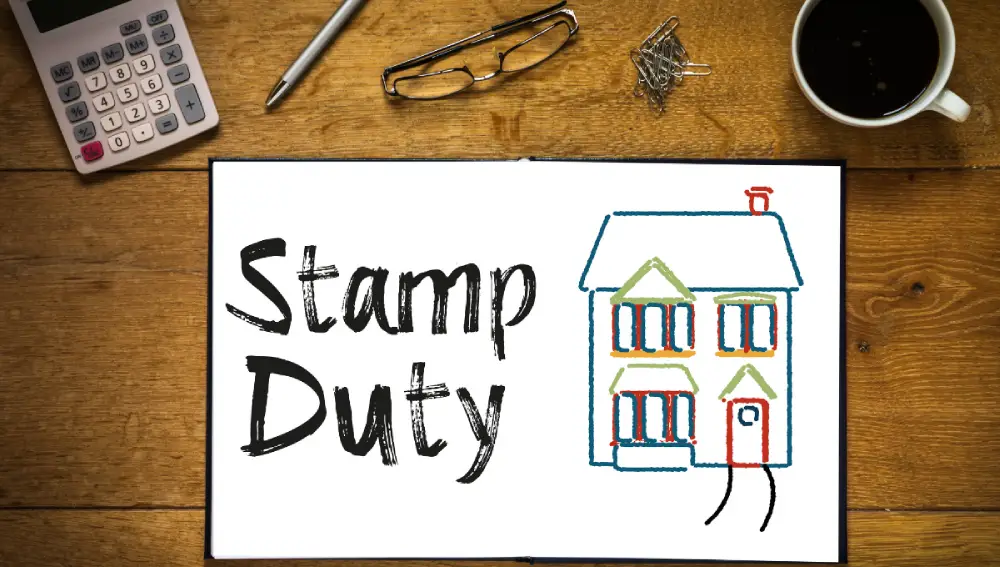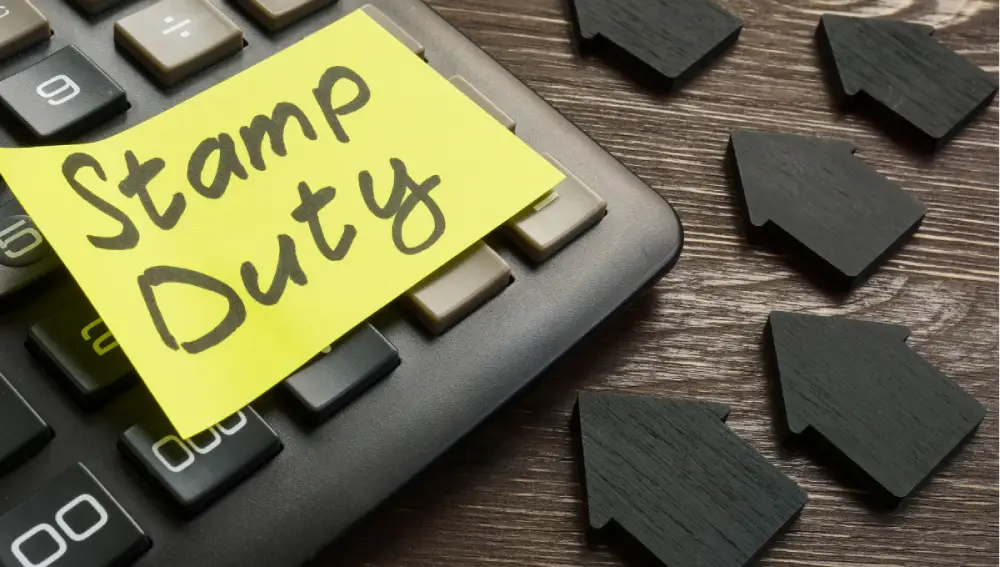Paying stamp duty is an important process while entering into legal documents or indulging in property-related matters in India. It is specifically important for individuals who are first-time clients in purchasing homes. It can also be useful for investors who are already acquainted with real estate as well as for other professionals helping their clients.
Here in this blog post, we will guide you through the process of how to pay stamp duty online.
Step-by-step guide to paying stamp duty online

Access the relevant government website
The first step in paying stamp duty online is to visit the state government’s authorized portal. Each state in India has its dedicated online platform for stamp duty payments.
Some of the popular portals include:
- Maharashtra: https://www.mahaconnect.in/eSBTRExternal/
- Gujarat: https://www.gspc.gujarat.gov.in/portal/
- Karnataka: https://eregistration.karnataka.gov.in/
- Rajasthan: https://www.rajstamp.com/
Find the option for online payment of stamp duty
Once you have accessed the government portal, check for the section or link specifically for online stamp duty payment. This is typically labeled as “e-Stamping”, “Digital Stamping”, or “Online Stamp Duty Payment”.
Enter details about your transaction
After going to the online stamp duty payment section, you will be asked to enter the details about your transaction. This may include:
- Property Location and type
- Property value or transaction amount
- Ownership details
- Purpose of the document (sale, lease, mortgage, etc.)
The portal will then find the stamp duty. It will be based on the provided information and the rates set by the state government.
Proceed to make the payment
Once you have verified the stamp duty amount, you can proceed to make the online payment. The portal will typically offer multiple payment options such as:
- Net banking
- Debit/credit cards
- UPI
- NEFT/RTGS
- Demand drafts
Choose how you would like to pay and process the purchase through a secure transaction.
Generate an e-challan (electronic challan) with a unique identification number
After successful payment, the portal will create an e-challan. It will have a unique identification number. This challan serves as proof of stamp duty payment and should be kept safe.

How to pay stamp duty offline
While the online method is the most convenient way to pay stamp duty, some states or situations may require an offline payment process. Here’s how you can pay stamp duty offline:
Visit a bank branch or authorized stamp vendor.
To pay stamp duty offline, you will need to visit a bank branch or an authorized stamp vendor designated by the state government.
Submit the e-challan or reference number.
If you have already generated an e-challan through the online portal, you can submit it at the bank or stamp vendor’s office. Alternatively, you can provide the reference number or transaction details. These will help with the offline payment.
Make any additional fees.
In some cases, the bank or stamp vendor may charge a small service fee or processing charge in addition to the stamp duty amount. Make sure to pay the total amount due.
Obtain the officially stamped document.
After you pay, the bank or stamp vendor will give you the stamped document. You can use it for legal purposes.
State-specific stamp duty payment details.
The stamp duty rates and payment process may vary across different states in India. Some key state-specific details to consider:
Maharashtra:
In Maharashtra, stamp duty can be paid online through the state’s official portal, https://www.mahaconnect.in/eSBTRExternal/. The state also allows offline payment at authorized bank branches and stamp vendors.
According to the Maharashtra Stamp Act, the stamp duty rates in Maharashtra are as follows:
- Within Municipal Limits: 6% of the market value
- Within limits of Municipal Council/Panchayat/Cantonment of any area within MMRDA: 4% of the market value
- Within Gram Panchayat Limits: 3% of the market value
Additionally, an extra 1% duty is applicable in Mumbai compared to the rest of the state to fund various infrastructural projects.
To pay stamp duty online in Maharashtra, you can visit the MahaOnline portal and follow these steps:
1. Select ‘Citizen’ under ‘Type of User’
2. Click on ‘Make Payment to Register your Document’
3. Choose to pay either stamp duty or stamp duty and registration fee together
4. Fill in details such as District, office, type of document, payment amount, property details, and property value
Gujarat:
Gujarat has an online stamp duty payment system accessible through the state’s portal, https://www.gspc.gujarat.gov.in/portal/. Offline payment can be made at designated bank branches and stamp offices.
Karnataka:
The state of Karnataka offers an e-stamping facility through its online portal, https://eregistration.karnataka.gov.in/. Offline payment can be made at authorized bank branches and stamp vendors.
Rajasthan:
Rajasthan has an integrated online platform, https://www.rajstamp.com/, for stamp duty payment. Offline payment can be made at designated bank branches and stamp offices.
Conclusion
Paying stamp duty online is easy and fast. It helps home buyers and real estate pros to meet their legal duties. You can follow the easy-to-understand instructions explained in this blog. Stay informed about state rules. Then, you can pay stamp duty with ease.
FAQS
The receipt of an online payment of stamp duty is a digital confirmation that verifies the transaction. It includes a unique transaction ID, the date and time of payment, the amount paid, and the payment method used. Additionally, it contains the payer’s details and a stamp duty receipt number for record-keeping. This receipt serves as proof of payment and should be printed or saved as a PDF for submission with property documents or as needed in the transaction process.
In India, stamp duty payments are generally not accepted via credit card. Instead, they are typically made through methods such as online banking, demand drafts, or e-challans. Payment options can vary by state, so it’s advisable to check with the local revenue department or the specific state’s stamp duty portal for the most current and acceptable payment methods.

